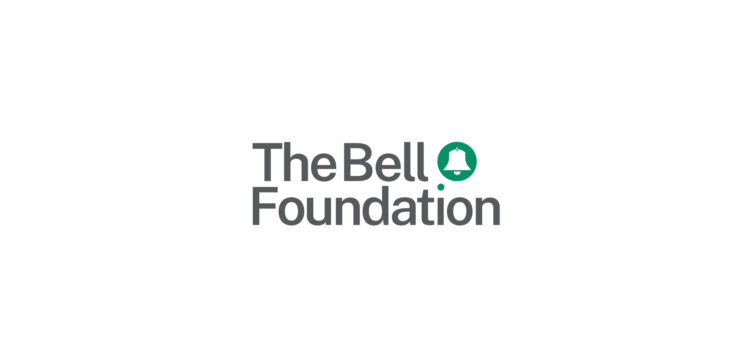Intervention Groups: Supporting Secondary EAL Learners Beyond the Classroom (Webinar)
- Date
- 16 May 2024
- Time
- 4:00pm
- Price
- Free
- Type
- Webinar
Explore our policy recommendations for breaking down language barriers
in schools, adult education, and the criminal justice system.

Dictogloss is a type of supported dictation. The teacher reads a short, curriculum-related text several times and the learners try to produce their own version as close to the original as possible. The ideal dictogloss text is at a language level slightly above that of the learners, but with familiar subject content. It may introduce some new vocabulary or sentence structures.
This is the process:
Dictogloss can be used in all curriculum areas and at all levels of proficiency in English from New to English to Fluent. It is suitable for use with learners aged eight and above.
1. Exam practice:
Dictogloss can be useful to provide EAL learners with model answers to exam questions that require a more extended response, for example describing a graph in science or economics. Prepare the lesson by writing or sourcing a model answer. Give the students a GCSE question which involves describing what is shown by a graph and display the graph. Then use the model answer as a dictogloss text as described above.
2. Introducing a genre:
It is also a useful way to model how to write in a particular genre. E.g. An Inspector Calls JB Priestley dictogloss models biographical writing. Going through the final written version at the end gives an opportunity to point out key features of the text and frequent phrases used in that genre.
3. Academic language:
Dictogloss is perfect for encouraging learners to use academic language by introducing more advanced language patterns that they may not yet comfortably use in their own writing. For example, use dictogloss to provide a model introduction to a literature essay – a form of academic writing that many learners find challenging.
A key advantage of dictogloss is that it is easy for the teacher to prepare and set up:
Top tip: Pair learners who are New to English with more fluent peers as the collaborative nature of the activity means they will hear good models of English.
Dictogloss works really well in mixed ability classes. It integrates the four domains of language learning (speaking, listening, reading/viewing and writing), and is a very effective language learning tool as it requires learners to listen, talk, collaborate, take notes, redraft and present orally. There is a substantial body of research about the importance of collaborative learning, for example the work of Michael Halliday, Jerome Bruner and Neil Mercer.
Dictogloss actively encourages learners to communicate for a meaningful purpose, as advocated by Swain and Lapkin (1995). It also draws the learners’ attention to key features of English which NALDIC (1999) identifies as a key aspect of EAL good practice. It is an excellent way of scaffolding learning, as recommended by Lev Vygotsky and Pauline Gibbons, because learners will be encountering and using English that is slightly above their usual language level.
Dictogloss is also an excellent way of modelling academic language which EAL learners need to develop in order to reach their potential (Nagy and Townsend 2012).
Nagy, W.E. and Townsend, D. 2012, Words as tools: Learning academic vocabulary as language acquisition, Reading Research Quarterly, 47 (1): 91-108.
NALDIC, 1999, The distinctiveness of English as an Additional Language: a cross-curricular discipline, National Association of Language Development in the Curriculum, Working Paper 5.
Swain, M. and Lapkin, S., 1995, Problems in output and the cognitive processes they generate: a step towards second language learning, Applied Linguistics 16 (3), 371-391.